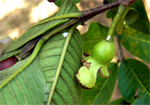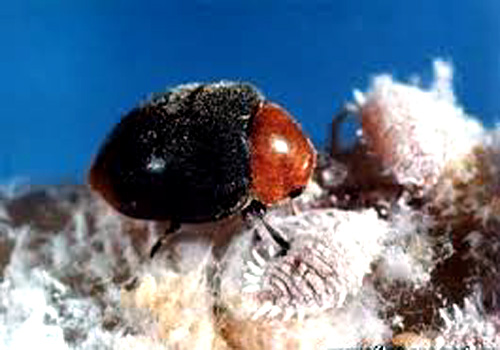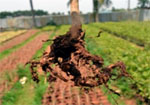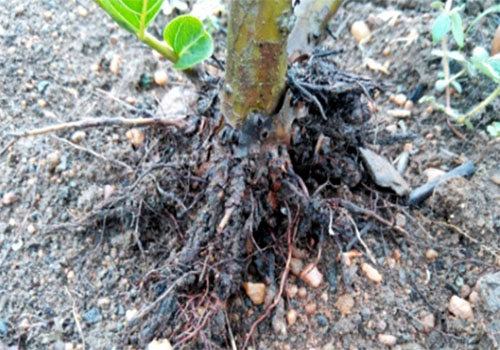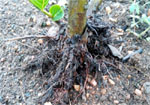Guava - Pest management
 Fruit
fly infestation
Fruit
fly infestation
Biology:
Egg: Under optimum conditions, a female can lay more than 3,000 eggs during her lifetime, but under field conditions from 1,200 to 1,500 eggs per female is considered to be the usual production. Development from egg to adult under summer conditions requires about 16 days.
Larva:
The mature larva emerges from the fruit, drops to the ground,
and forms a tan to dark brown puparium.
Damage symptoms:
Adults and
maggots attack semi – ripe fruits
Natural enemies of fruit fly: Parasitoids : Opius compensates, Spalangia philippinensis, and Diachasmimorpha krauss.








